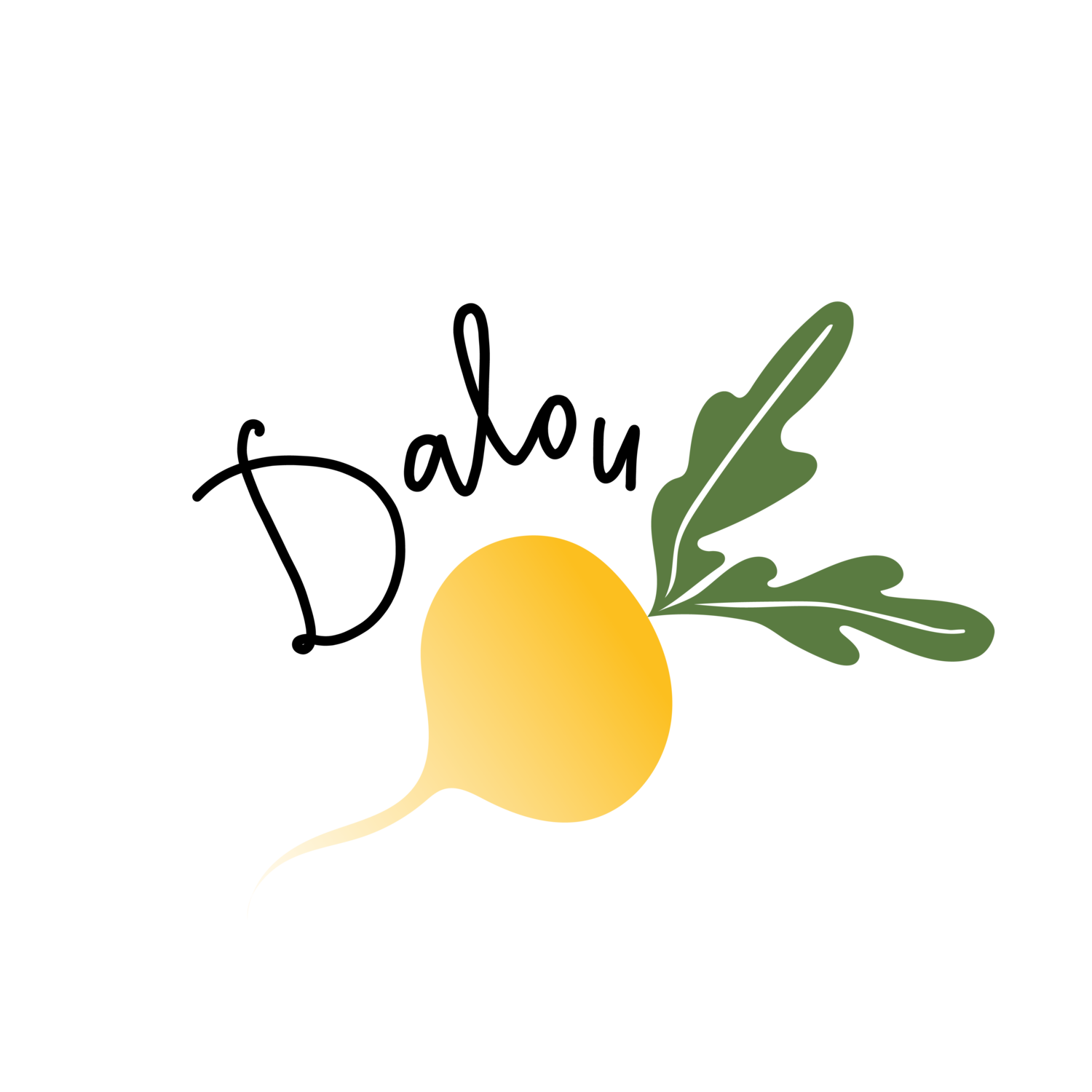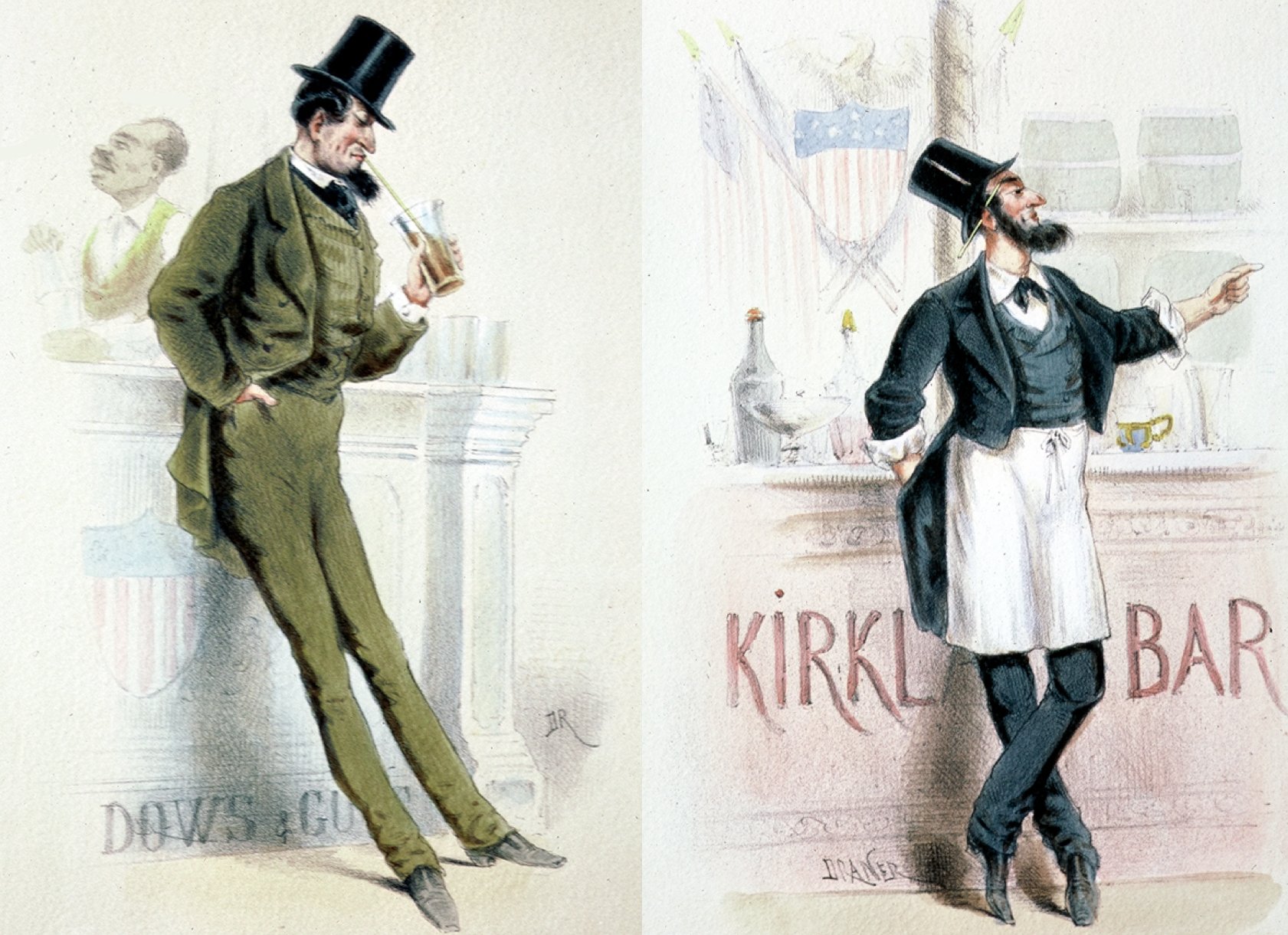Not quite; The Final Straw
For many of us, ‘straws’ will conjure up images of plastic ridden seas, waste-filled shorelines and a pained turtle with plastic lodged in its nose (if any of you need convincing to ditch the plastic straws then perhaps give the viral straw removal video a watch, but we warned that it's painful even to see). We have slowly come to realise that plastic is an unyielding pollutant to the natural world and one that we now must tackle. As a product of this realisation, we have taken up options like the metal straw in all their reusable glory and now (hopefully) think twice before taking one as we are served our cocktails at the bar. Straws, and their place in our alcoholic beverages have a much more interesting past however, than just its troublesome plastic incarnations.
It’s 1867 and you, along with thousands of other wonderstruck visitors (over 10 million in total over the duration of the fair) walk, fascinated, among the 50,000 exhibits of Napoleon’s Exposition Universelle. You peer up at the English Lighthouse, wander around Mr. Barlow’s Planetarium, and marvel at the Suez Maritime Canal exhibit, each classified within one of the ten fundamental divisions of human endeavour that were on show. With 32 participating countries, the United States, having not long emerged from the Civil War, occupied a modest area amongst the European-dominated elliptical palace. One area in particular that garnered the attention of many was the American bar. Here you could find the immensely popular Cream Soda and cocktails such as ‘Sherry Cobblers’ ‘Mustache-twisters’, ‘Brandy Smashes’ and ‘Mint Juleps’, a supremely novel experience for many visitors. Ice, at that time, was a key component in the general excitement around American cocktail culture as a wider phenomenon as it was becoming more readily available and had sparked innovation in the American bar scene.
As we can see from Jules Renard Draner’s illustrations, visitors sipped these exhilarating and somewhat bizarre cocktails through straws. Not the plastic or metal kind that we find today but the most waste free version of all - rye grass. It may have dawned on you much earlier, but the reason behind the literal naming; ‘straw’, had long eluded me.
Plant materials, such as straw and hay, have long since been utilised as drinking devices. In South and Central America, for instance, Yerba-Maté is imbibed via a “bombilla” - an implement historically made from reeds and other plant materials prior to the succession of silver and steel models, and in parts of Eastern Asia, rice beer, for example Tapai (Malay) and Jiu (Chinese), is drunk through long straws or siphon. Often, these straw were dual purpose; employed to aid drinking but also to filter unwanted aspects of the beverage, such as leaves, or by-products of fermentation.
Straws themselves, in many instances in this American period, appear to have been a by-product too, made from the stalk of the Rye grass which would otherwise have served little to no purpose. This meant farmers could make extra money by selling hand-cut, washed and bound drinking straws for the ever-growing customers wishing to enjoy their cocktails and soda through the hygienic and filtering medium.
But these straws didn’t come without their flaws, with problems like disintegration and impact on flavour meaning sometimes the experience of a nice cold cocktail, such as those served at the American Bar, were somewhat soiled. It is, in fact, one of these very issues and the very type of cocktail served at the 1867 American Bar; the Mint Julep, which sparked the creation of the paper straw we are ourselves becoming familiar with once again.
The story goes that sometime in the 1880’s, Marvin Stone was sipping his Mint Julep through his ryegrass straw when he became increasingly frustrated about it disintegrating into his drink. A manufacturer of many products, Stone decided he would create something better and proceeded to do so by wrapping paper around a pencil and gluing it in place. This went on to become an early prototype of the paper straws we are familiar with today and was officially patented in 1887 (UK, 1888 in the US) before starting to be mass produced. It wasn’t until the 1930’s though, that the straw gained its flexible neck that many find a crucial addition. It was added when Joseph B. Friedman saw his daughter struggling to use the straight paper straw when drinking a milkshake. An inventor (amongst other things), Friedman sought to solve this problem by inserting a screw and using Dental floss to create the corrugations needed to allow the straw to bend and make drinks more accessible without blocking liquid in any way. The ‘Drinking Tube’ was officially patented on September 28, 1937 and went on to become popular within hospitals; allowing patients to easily drink beverages whilst laying in bed.
Eventually, these straws were sucked up (pun intended) into the plastic movement of more recent years and became the brightly coloured single-use tubes we know all too well. As we attempt now to return to more natural or sustainable alternatives, I encourage you to consider the plant-based options such as Bamboo and, like the visitors at the Paris Exposition, enjoy your drink plastic-free.
Hannah Cox


